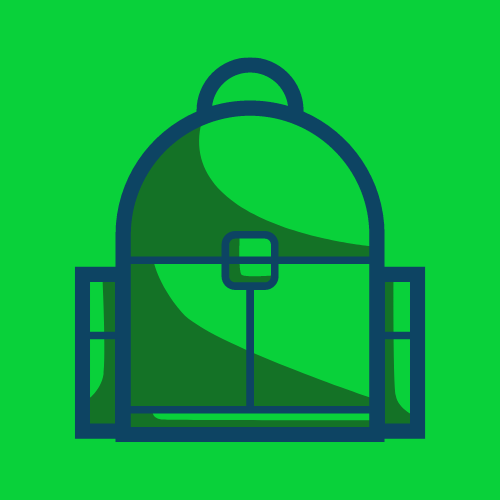Lifepack Guides
Our teaching guides are now available on Teachers Pay Teachers.
What is included?
Video overview about coding.
This unit introduces the coding concepts found in the grades 1-3 Ontario math curriculum in an age-appropriate manner for junior-grade students. By the end of this unit, students will be able to:
● Write code involving sequential (step-by-step) concurrent (at the same time), and repeating events
● Read and alter code involving sequential (step-by-step), concurrent (at the same time) and repeating events
Video overview covering the concepts of Sequential Events.
Video overview covering the concepts of Concurrent Events.
Video overview covering the concepts of Repeating Events.
Students will provide step-by-step instructions for a classmate to build a structure.(sequential events)
Video for applying lessons learned on Scratch.
Video for applying lessons learned on.
Video overview about coding.
Students will demonstrate an understanding of nested events as repeats within repeats.
Grade Four: Nested Events
By the end of this unit, students will be able to:
● Write code involving sequential (step-by-step) concurrent (at the same time), repeating, and nested (sequence or pattern within another sequence or pattern) events
● Read and alter code involving sequential, concurrent, repeating, and nested events
Through whole-class and small-group discussion, students will identify and describe real-life scenarios involving nested events.
Students will create an art piece that visually represents nested events.
Students will determine the most efficient way to move a phoenix through a maze using repeating and nested events
Students will create their own music and dance performances using repeating and nested events.
Students will write out tasks for a pretend robot to carry out daily tasks using repeating and nested events.
Video for applying lessons learned on Scratch.
Students will use what they know about nested, repeating, concurrent, and sequential events to program a scene on Scratch where characters walk and do other actions
Video overview about coding.
Video overview covering the concepts of Repeating Events.
Grade Five: Conditional StatementsBy the end of this unit, students will be able to:
● Write code involving sequential (step-by-step) concurrent (at the sametime), repeating,and nested (sequence or pattern within another sequence or pattern) events and conditional statements
● Read and alter code involving sequential, concurrent, repeating, and nested events and conditional statements and describe how the changes affect the outcomes
Students discuss and write the instructions for situations involving nested events.
Students identify conditional statements in daily life and write examples.
Students create a pixelated portrait of themselves and use a flow chart to indicate conditional events in their daily lives.
Students write out tasks for a pretend robot to carry out daily tasks using conditional statements.
Students discuss how conditional events make board games fun and create their own board games in groups.
Students use Scratch to create a maze game using conditional events.
Video overview about coding.
Video overview covering the concepts of Repeating Events.
Grade Six: Writing Efficient Code
By the end of this unit, students will be able to:
Write, read, alter, and execute efficient code, including code that involves conditional statements and other control structures (repeating, concurrent, and nested events)
Students discuss and write the instructions for situations involving nested events.
Students identify conditional statements in their daily lives and write examples based on a pixelated portrait that they create.
Students will learn the meaning of the word efficiency and apply this knowledge to write strategies to make tasks more efficient.
Students will learn the concept of indexing through a game of identifying a mystery card
Students will learn about several methods of sorting information and compare the efficiency of these methods.
Students will consolidate their understanding of the concept of indexing by creating a game that uses yes-or-no questions to guess a mystery item.
Students apply their coding knowledge to animate a story on Scratch
Video for applying lessons learned on Scratch.
Created by a Teacher and Coder
Together, Ace and Emily teamed up to make a practical guide for Ontario teachers to deliver quality coding lessons to students.

Hi, I'm Ace!
I am a UofT Computer Science graduate and have over 10 years of professional programming experience at IBM, TD Bank and Loyalty One. I will teach you coding concepts from the new Ontario curriculum using simple, real life examples.
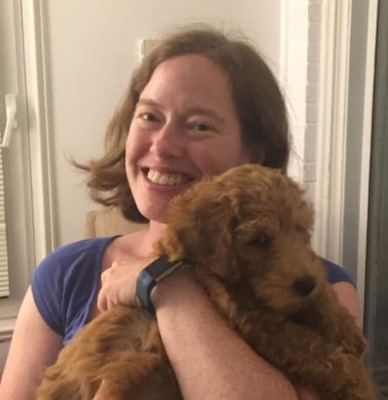
Hi, I'm Emily!
I'm an Ontario primary teacher with over 8 years of teaching experience and a Masters of Education. I was lost with the new coding curriculum, then Ace taught me the concepts and we teamed up to create a practical guide.
Teachers of Boards Served
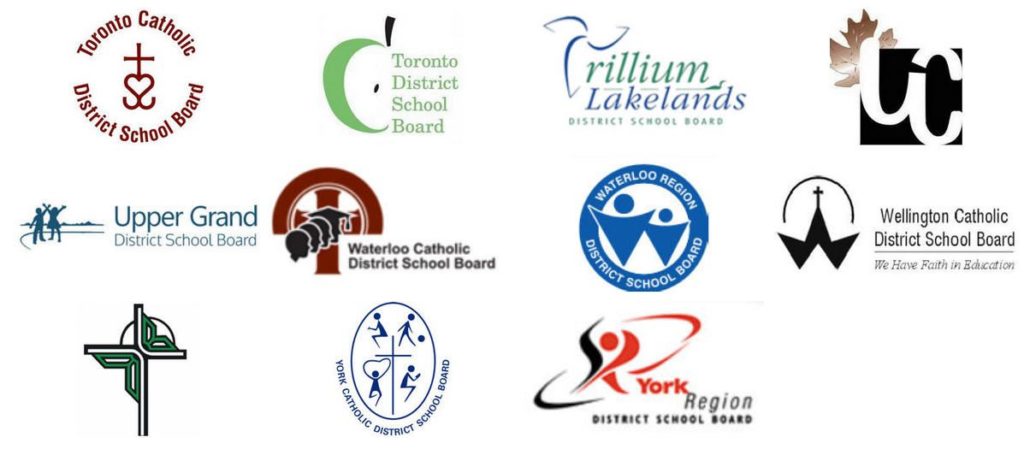
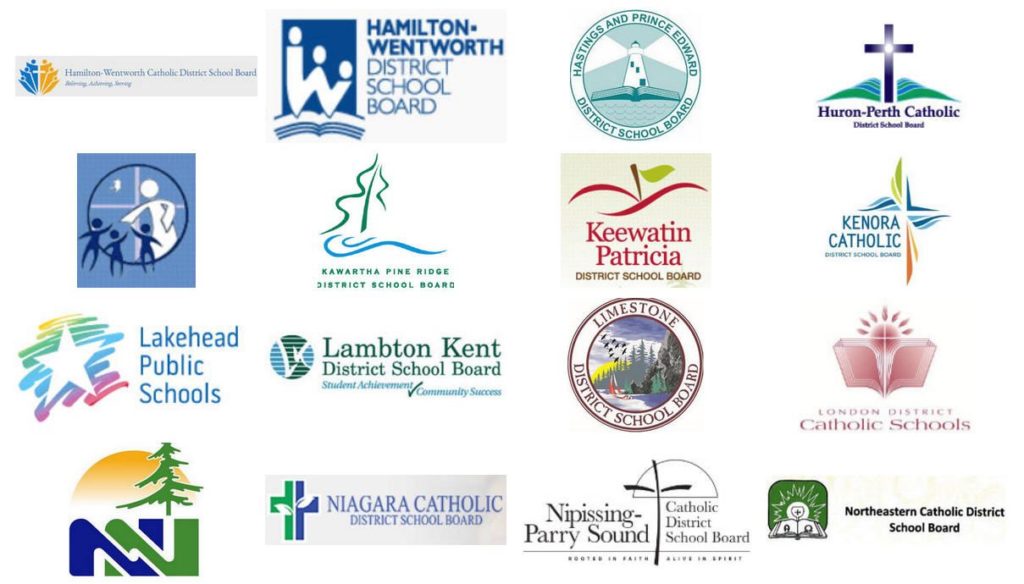
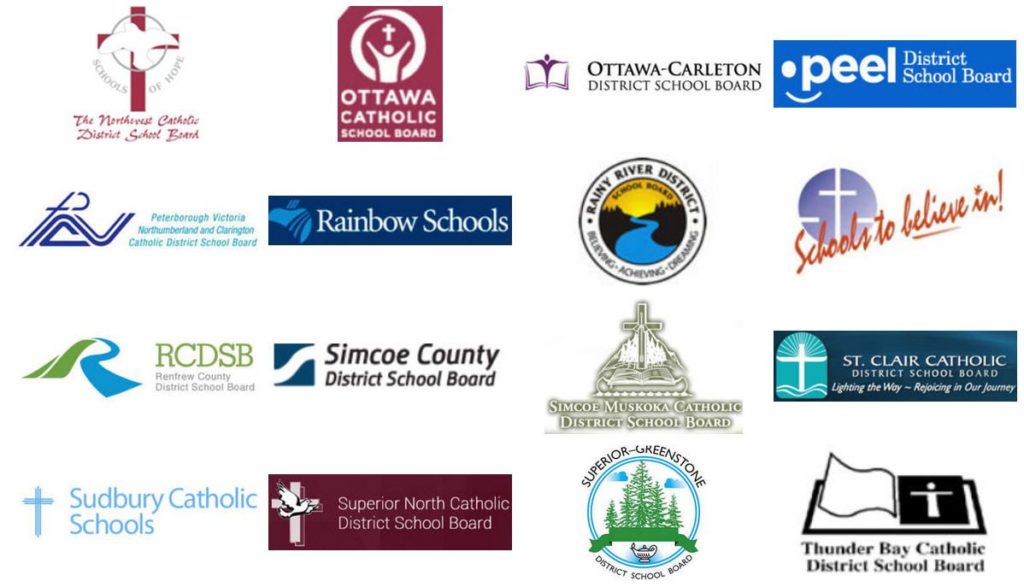
What Our Teachers Have to Say





